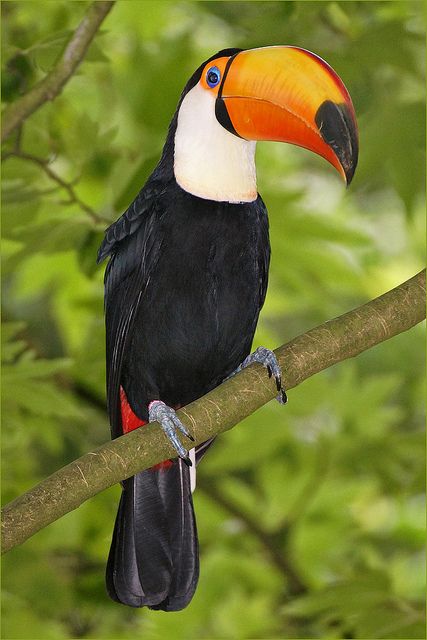Dear Integral Meditators,
Integral mindfulness & meditation aims to create positive relationships between different elements of our mind, so that they can support each other and help us become more resilient. The article below uses safety/ease & fear/anxiety as a practical example.
In the spirit of resilience,
Toby
PS: This weeks live stuff in Singapore; Tuesday/Wednesday: Creating mindful ease, flow & presence, Saturday: How to do Soul Portraits Workshop
 How to mindfully thrive with today’s stress (safety & fear)
How to mindfully thrive with today’s stress (safety & fear)
The stress that we face today is a little bit of a paradox. On one level, we are safer, more affluent, healthier, and have more freedom than we have had at any other time at human history. On the other hand it seems like we are surrounded by multiple uncertainties, insecurities and tensions (for example the speed of the information age and technology, globalization, environmental degradation, global warming) than we have ever been before. The aim of the meditation below is to create a positive polarity between:
- On the one hand mindfully resting in the safety, security and ease of this moment and at the same time,
- Acknowledging our fears, stresses and anxieties, helping our body & mind to process that tension effectively.
The practice has two stages:
Stage 1: Resting in safety – Recognize in this moment that you are:
- Physically safe; there are no immanent threats to your wellbeing
- Psychologically safe; you are not being actively attacked by yourself or others
- If you want you can also bring ‘spiritual safety’ in here, which might simply involve recognizing a sense of something bigger than your individual self that is looking over and guiding your life, and that has some power to keep you safe/ help things work out for the best
As you breathe in, recognize this safety, as you breathe out let your body, heart and mind relax into this safety. Allow your mind to rest at ease and your body’s nervous system to switch over from ‘fight or flight’ mode to ‘rest and recuperation’ mode.
Stage 2: Processing fear, anxiety, stress – In this second stage, deliberately recall something that has been making you fearful or anxious in your life: An uncertainty, work overload, emotional tension in a relationship, anything that is causing fear for you, great or small. Sometimes it can be good to start with a small one and gradually build toward working with bigger ones.
As you bring the fear to mind, focus upon the feeling that it creates in the body, and the particular area of the body within which it is located. Then let your body’s natural or instinctive intelligence set up a pattern of breathing that helps it (the body) to process that fear or anxiety energy. As you breathe in acknowledge and feel the fear, as you breathe out let the fear energy come up and out of the body; let it go, let it flow. Use this method to become more comfortable acknowledging, feeling and releasing your fear.
You can alternate between these two practices in a single session. For example, you might spend 5minutes ‘resting in safety’, and then 5mins mindfully ‘processing fear’. Then you might repeat that for a few rounds. As originally stated, the idea here is to integrate our capacity to recognize safety and rest at ease in the moment with the ability to process fear mindfully and effectively, without ‘living in fear of our fear’.
© Toby Ouvry 2017, you are welcome to use or share this article, but please cite Toby as the source and include reference to his website www.tobyouvry.com
Upcoming Courses at Integral Meditation Asia
Ongoing on Wednesday’s, 7.30-8.30pm – Wednesday Meditation Classes at Basic Essence with Toby
Ongoing on Tuesday evenings , 7.30-8.30pm – Tuesday Meditation Classes at One Heart with Toby (East coast)
Tuesday & Wednesday evenings from April 18th&19th – Meditations for creating a mind of ease, relaxed concentration and positive intention – A six week course
Saturday 29th April, 10am-5pm & Monday 8th May, 10am-5pm – How to do Soul Portraits Workshop
Saturday May 6th, 9.30am-12.30pm – Integral meditation & mindfulness deep dive half day retreat
Integral Meditation Asia
Online Courses * 1:1 Coaching * Books * Live Workshops * Corporate Mindfulness Training *Life-Coaching * Meditation Technology









